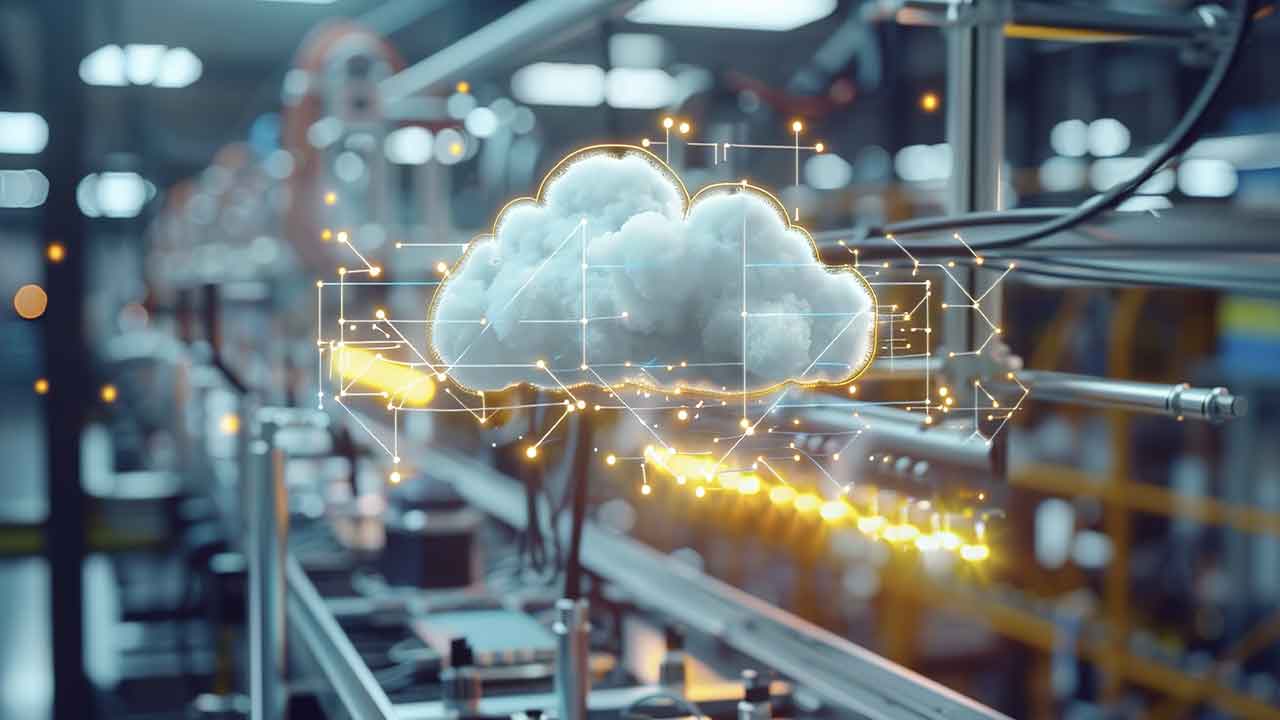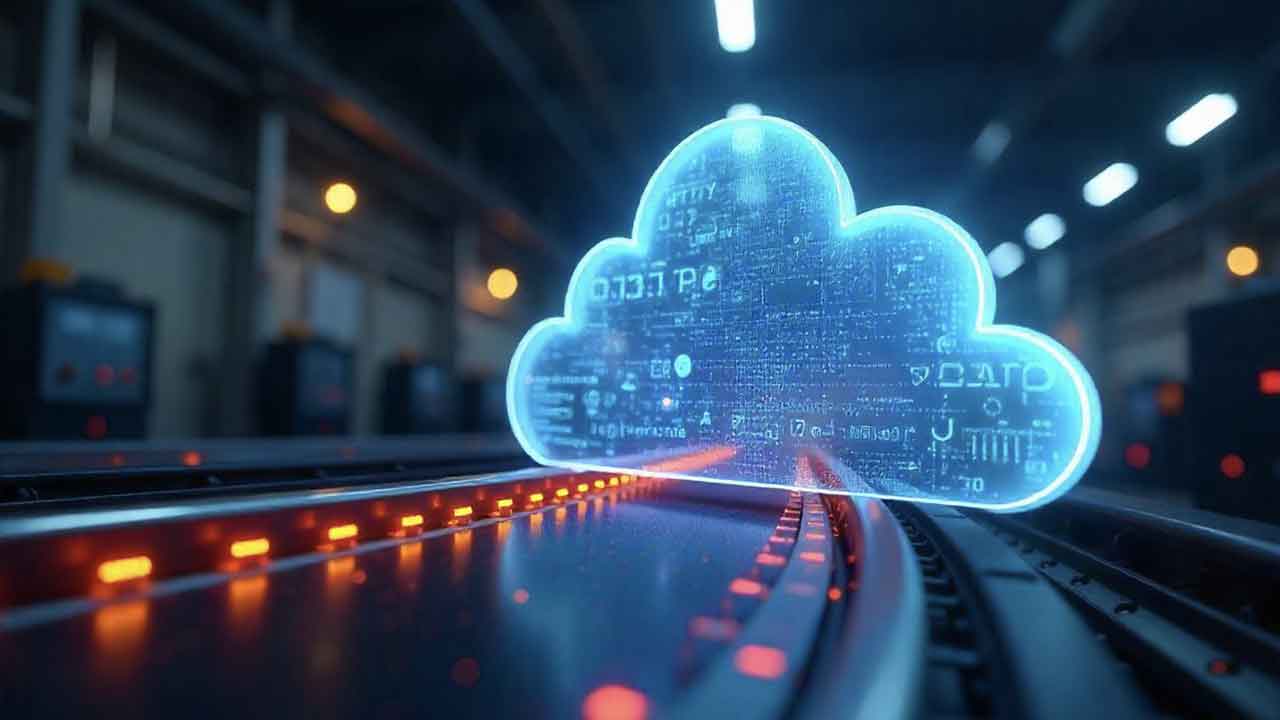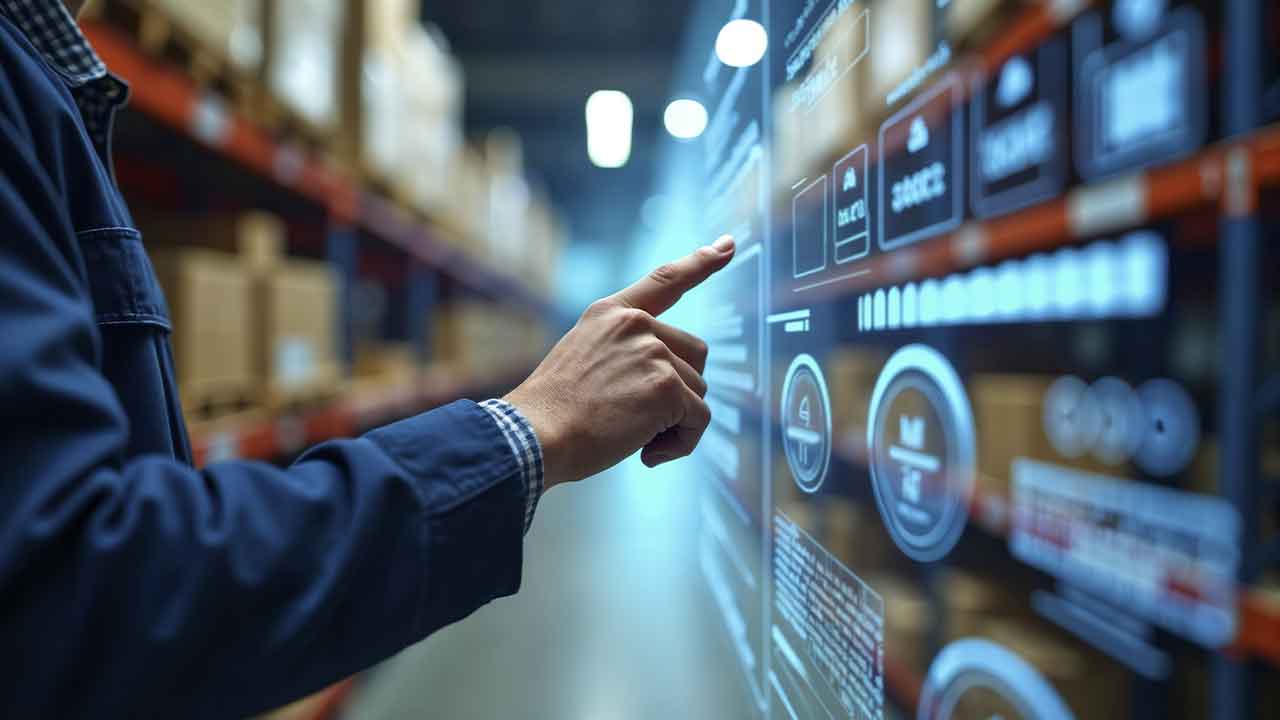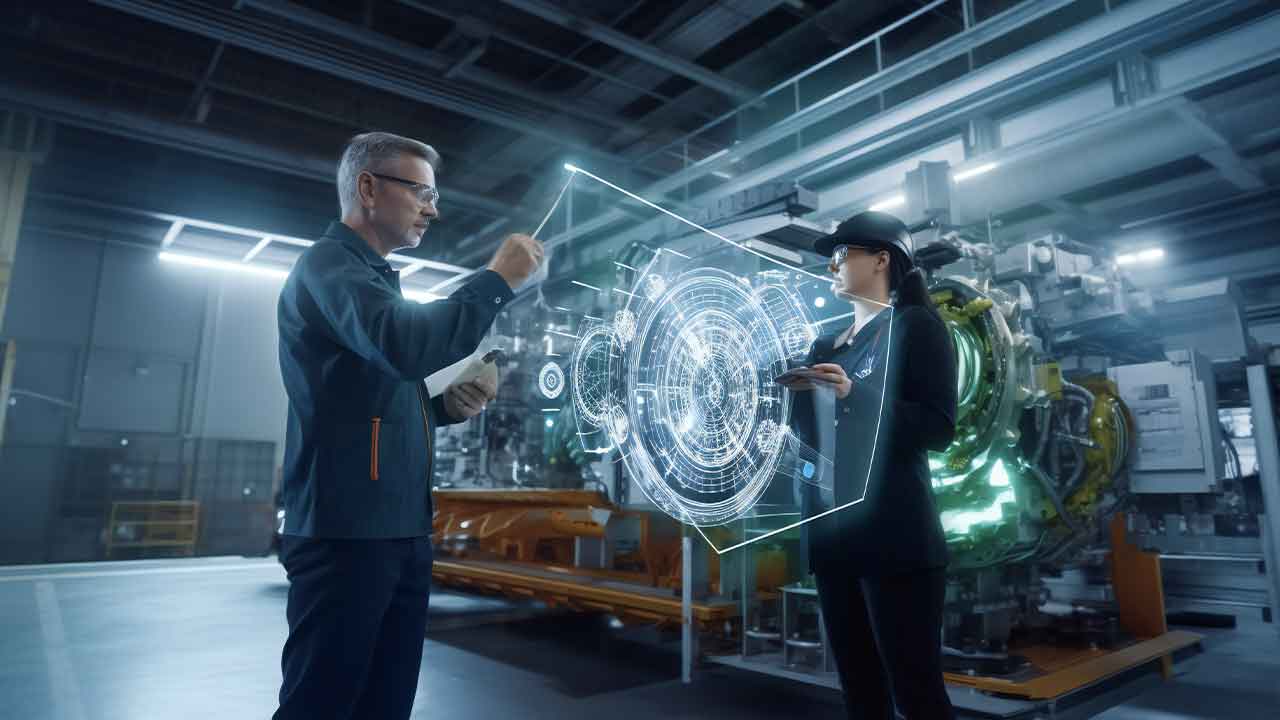What’s Changing in Industrial Data Management: Key Takeaways from Hannover Messe 2025 | SPONSORED
At Hannover Messe 2025, InfluxData CEO Evan Kaplan and HighByte CPO John Harrington discuss how manufacturers are shifting from data collection to data intelligence and what’s required to support that transformation. Below are the most important insights that emerged from the conversation:
- The Purpose of Data Is Shifting—from Monitoring to Control
Historically, manufacturers used data primarily for monitoring, logging performance, detecting failures, and ensuring uptime. Now, they’re using it to optimize quality, energy efficiency, maintenance, and sustainability. Real-time control is becoming the goal—not just awareness. This shift increases the demand for low-latency, high-resolution data that can inform intelligent, adaptive systems.
- Contextualization at the Edge Is Critical
As manufacturers scale their data collection across sites, lines, and assets, the biggest risk is creating data swamps—unstructured, unsearchable, and unusable lakes of information. The solution is contextualization: tagging data with key metadata (machine, process, location) at the source. This enables smarter routing, filtering, and usage downstream—particularly for AI and machine learning applications.
- Time Series Data Is No Longer Just Another Stream
Time series data is the backbone of industrial intelligence, particularly in autonomous systems. But its value depends entirely on how it is contextualized and what it’s combined with. For predictive maintenance, it needs to be linked to CMMS data. For energy optimization, to EMS systems. Understanding the domain-specific role of time series telemetry is essential for real ROI.
- Architecture Must Be Adaptive—Edge, Cloud, and Use-Case Specific
Manufacturers are adopting a tiered architecture:
- Edge for real-time processing and filtering
- Data center for local analysis
- Cloud for large-scale modeling and enterprise-wide visibility
However, not all data needs to flow everywhere. Success depends on data discrimination: identifying which use cases require high-resolution (e.g., sub-millisecond power data) and which do not (e.g., hourly output metrics). This reduces cost, improves performance, and avoids overload.
- A “Digital-First” Mindset Is Emerging
The traditional digital twin model is being flipped. Rather than building systems and then modeling them, manufacturers are designing based on data flows first and building physical systems that align. This “digital-first, physical-twin” approach reflects a deeper shift toward data-centric industrial design, where operational intelligence drives infrastructure decisions—not the other way around.
The future of industrial operations hinges not on collecting more data—but on contextualizing, prioritizing, and architecting that data for action. From edge intelligence to AI integration, manufacturers who invest in data discipline today will lead in performance, resilience, and innovation tomorrow.
Sponsored by HighByte and InfluxData.
About the author
Lucian Fogoros is the Co-founder of IIoT World
Related articles:



